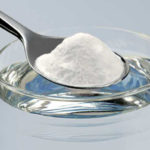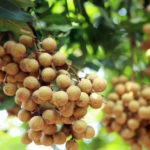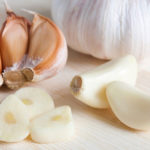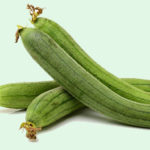Boil vegetables in cold water
Everyone knows that vegetables and fruits in general contain many vitamins and minerals. If they are boiled or stir-fried for too long, the nutrients will disperse into the water during the heating process.
To have properly cooked and delicious vegetables, you should boil the water first, add a pinch of salt to increase the boiling temperature of the water, and then add the vegetables to boil. In particular, salt has the effect of protecting the vitamin C in vegetables, maintaining their green color, and enhancing the flavor of the dish. You can also add a little cooking oil to create a thin protective layer on the outside of the vegetables, making them greener and more glossy without changing their color. However, the boiling water will have a layer of grease, which is difficult to use if needed.
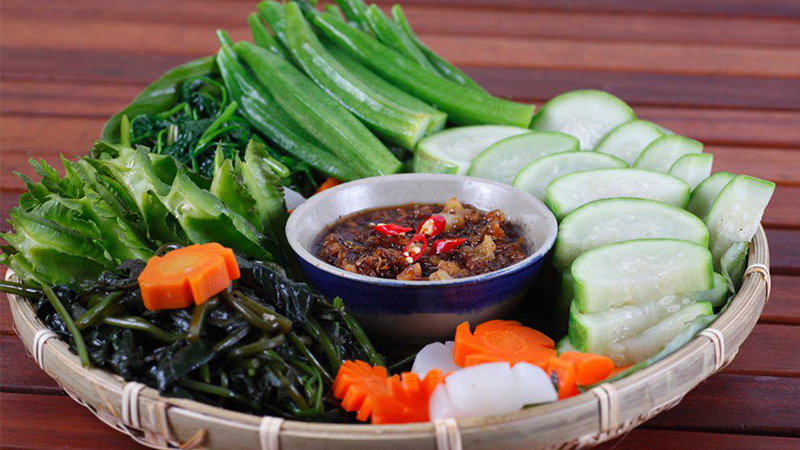
Boil vegetables with little or plenty of water
Many people believe that boiling vegetables with plenty of water will make them taste bland, so they use a small amount of water when boiling. This is why boiled vegetables often have a dull color and are prone to discoloration. Insufficient water when boiling vegetables means that the vegetables are not fully submerged and are exposed to air, causing vitamin C to degrade.
The best way to boil vegetables is to use an adequate amount of boiling water, submerge each portion of vegetables in the water, and press them down with chopsticks or wooden utensils. When the vegetables are cooked, take them out immediately to drain excess water and cool down quickly to retain their crispness. Note that metal utensils should not be used as they can destroy the vitamin C in vegetables.
Inadequate heat results in unattractive discolored vegetables
A common mistake is to rush the cooking process by putting a full basket of vegetables into the pot. This sudden decrease in temperature, combined with the large amount of heat contacting the bottom vegetables and insufficient heat for the top ones, leads to uneven cooking. This can cause the vegetables to have a dull color and a tough texture. Alternatively, if you notice that there is not enough water while boiling, adding cold water will prolong the cooking time and result in loss of nutrients.
The correct method is to use a pot with an appropriate size, add enough water to cover the vegetables, and then bring it to a boil before adding the vegetables. This shortens the cooking process, making the vegetables greener, and the boiling water cools down quickly when the vegetables are removed, preventing discoloration.
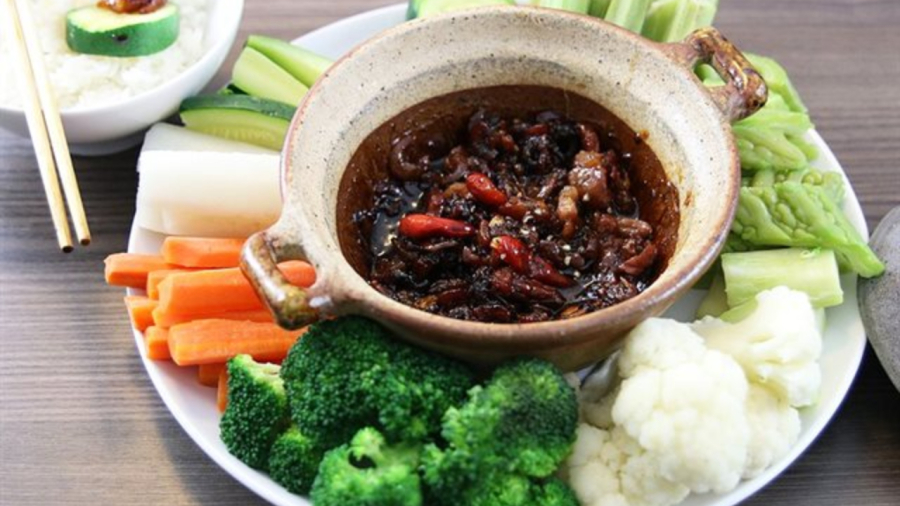
Overcooking vegetables
One common mistake when boiling vegetables is overcooking them. Many people believe that overcooking ensures safety, but in reality, overcooking vegetables leads to the loss of nutrients. Additionally, the vitamins in the vegetables evaporate, resulting in less sweetness and less appealing taste when consuming the vegetables.
How to Effectively Treat Fishbone Issues at Home
Everyone loves feasting on the deliciousness of fish during the holidays. But, unfortunately, choking on fish bones is an unavoidable issue that may lead to devastating consequences if left unattended for a prolonged period. Let’s see how Dien May Xanh can help us out when fish bones get stuck in our throat.

























